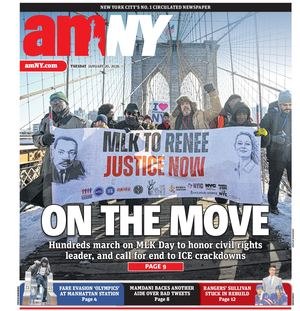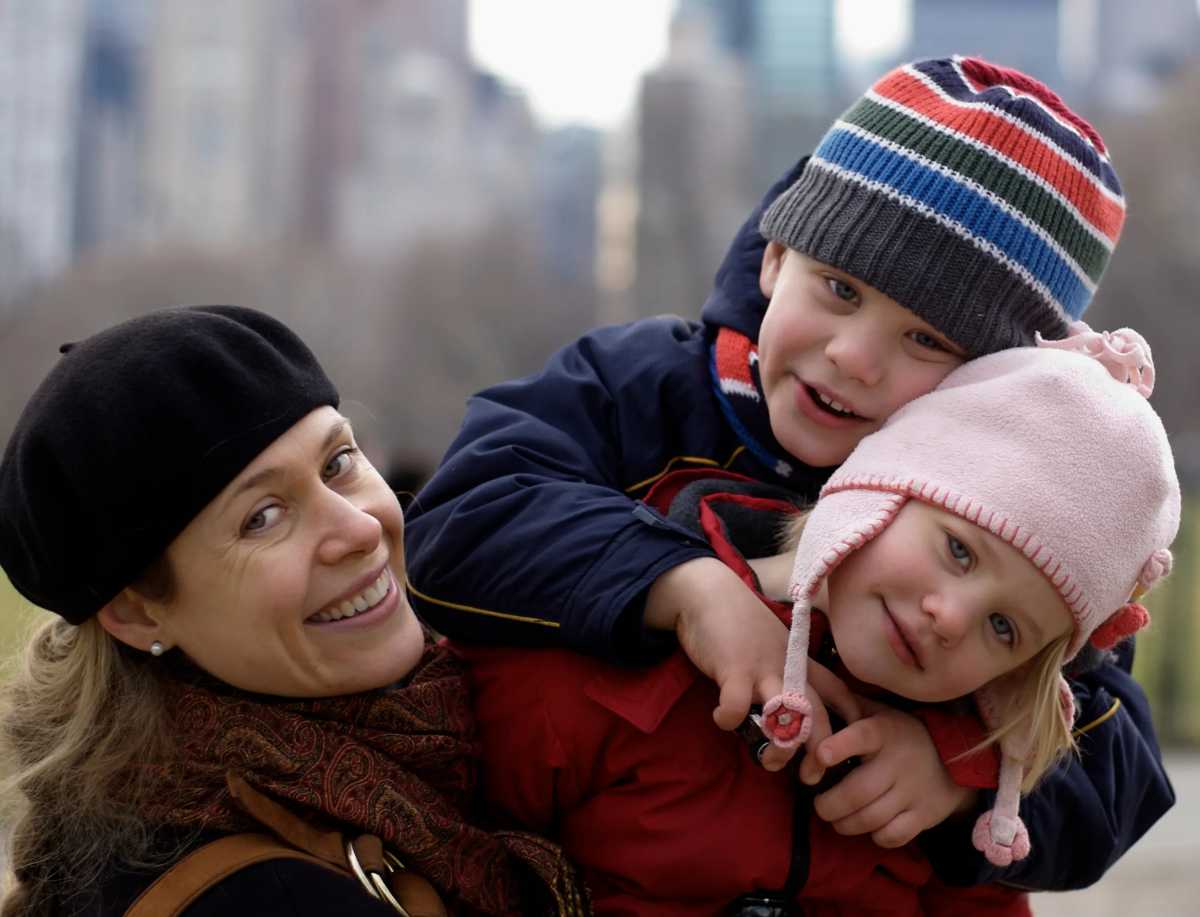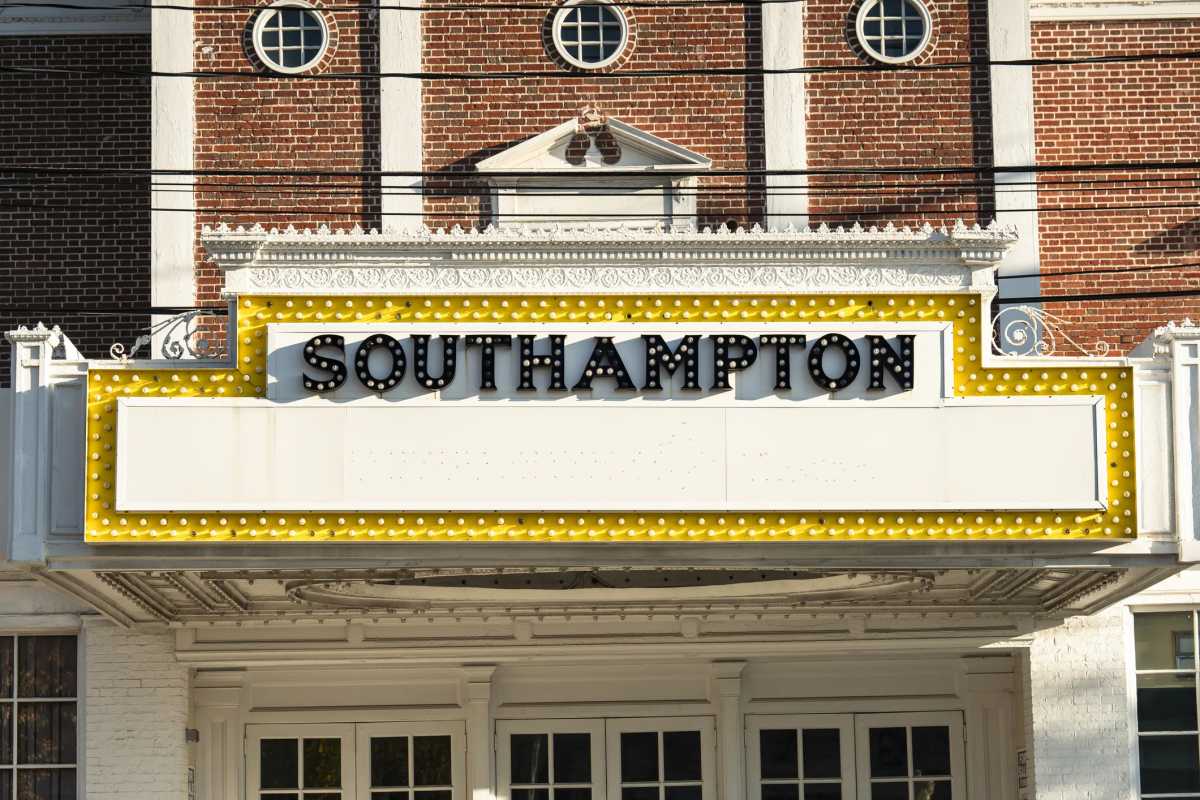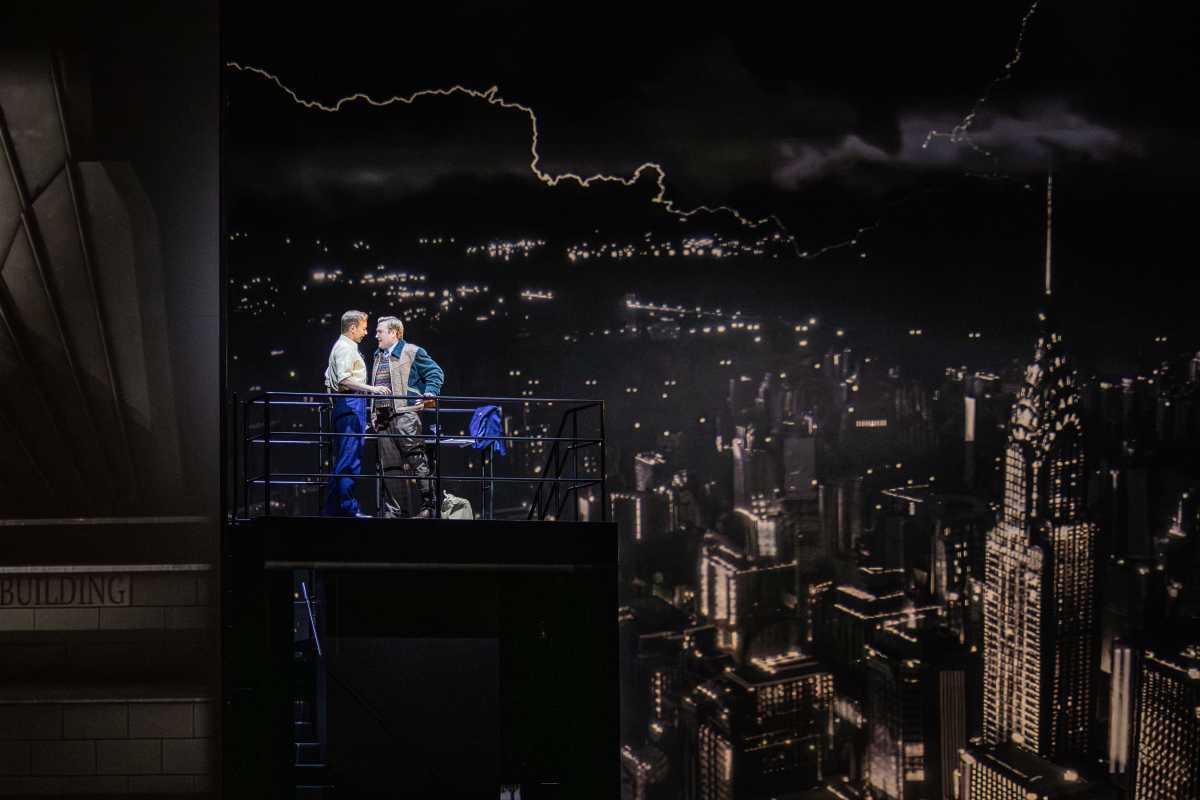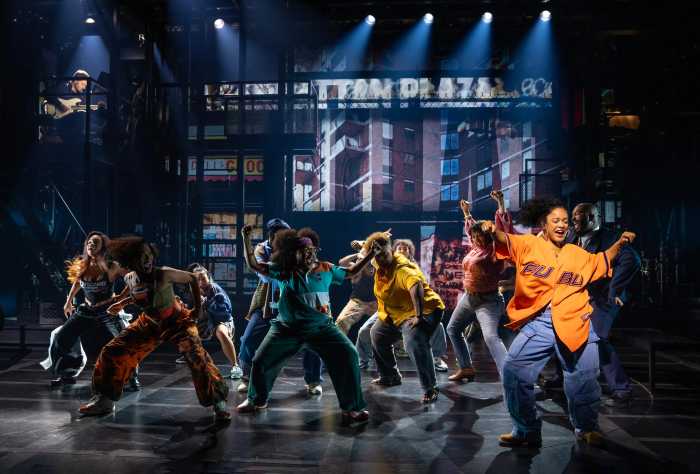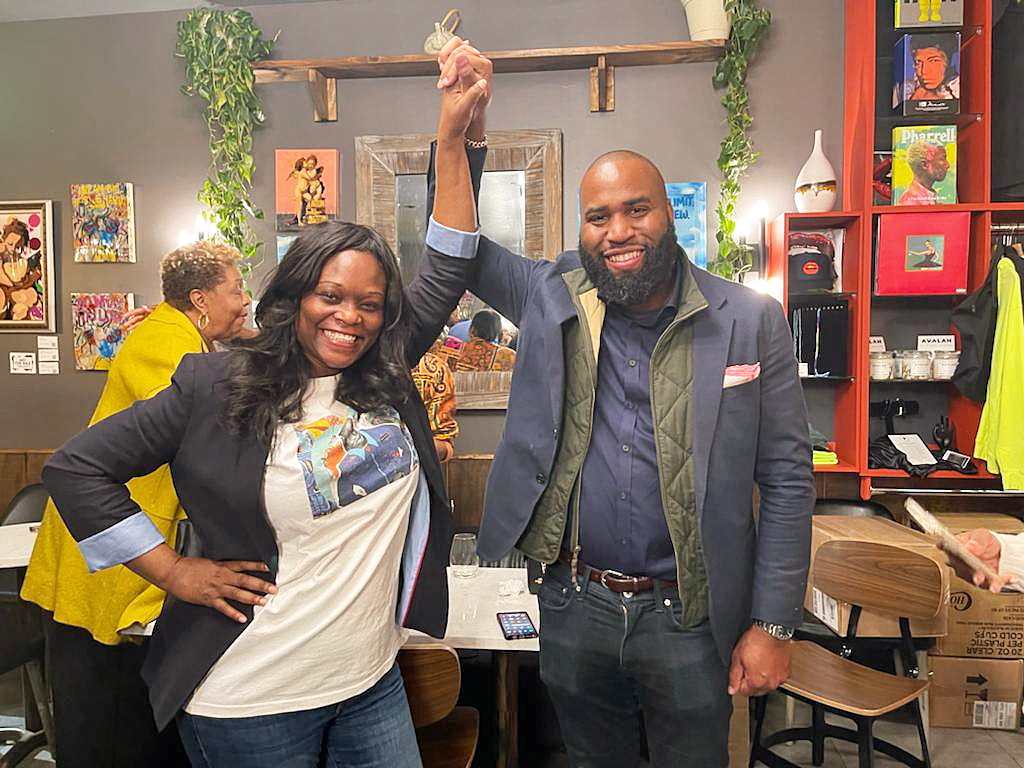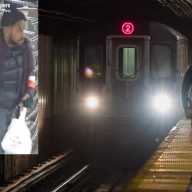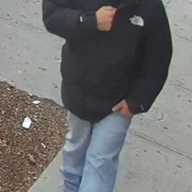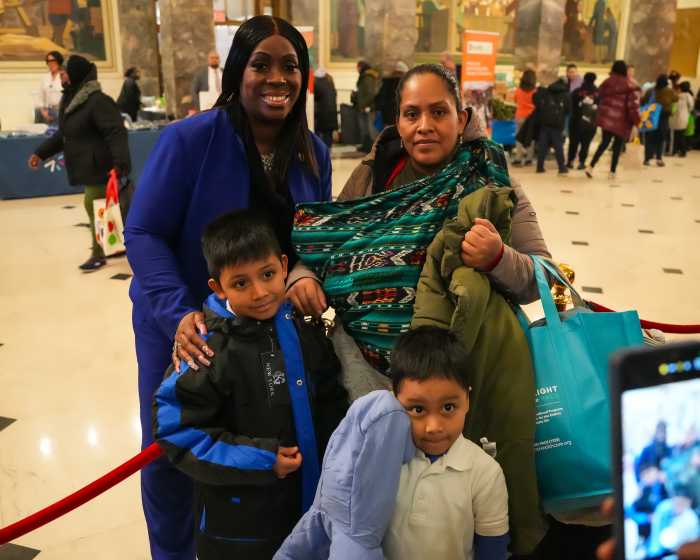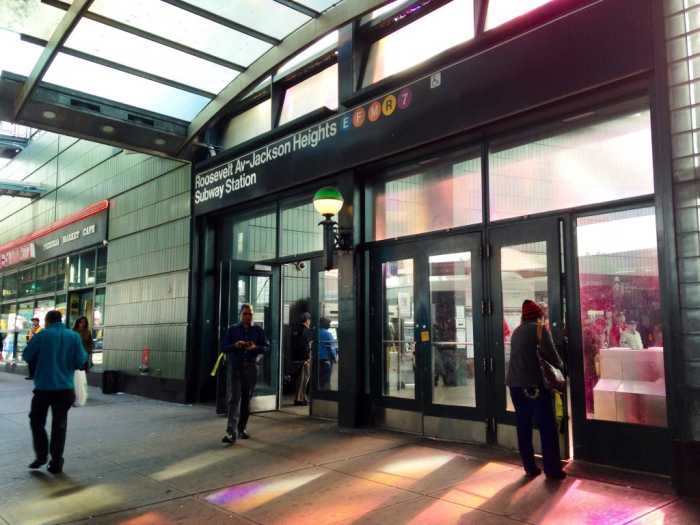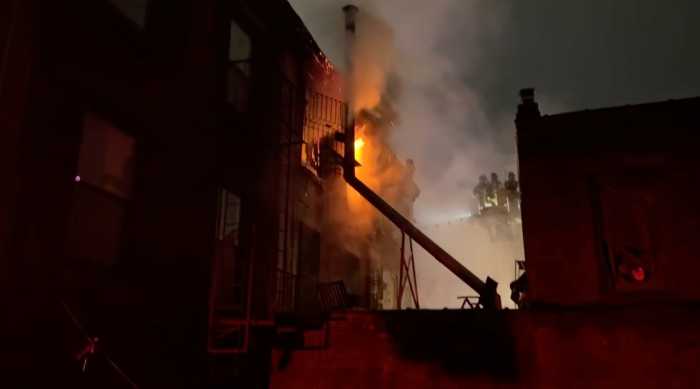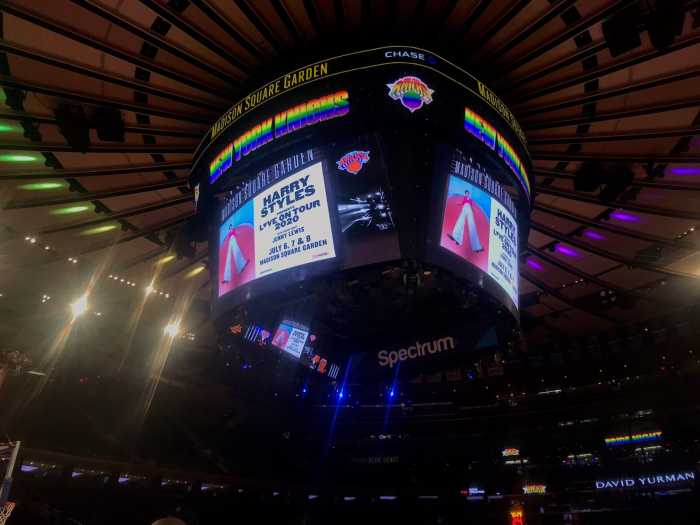For Richie Hawtin’s latest stage show, dubbed “Close: Spontaneity and Syhnchronicity ,” the stage is nearly naked. There isn’t even a DJ booth; Hawtin’s complex gear set-up is laid out on two tables that face each other, no barrier between artist and audience. Using his more than 30 years of experience, a custom-made mixer and his laptops, he creates music on the fly – this is no “push-play” DJ set.
“It’s really a stream of sonic consciousness,” he says. “What I’m playing, what I’m manipulating, what I’m thinking, using those parts to make songs and bring people up or down or create a break or build anticipation. For me, it’s exciting.”
amNewYork caught up with Hawtin in advance of his performance at Avant Gardner in Brooklyn on Saturday, to talk about what makes a great DJ set and creating new music from old on stage.
What percentage of what an audience hears during your set is a pre-recorded track?
Is it 50/50? I don’t know. Maybe it’s at least 50/50 with pre-recorded music, but once I start looping, and adding other things on top, it quickly becomes something much more than pre-recorded music and much more than a DJ seguing between one record and another. What I’ve always loved about DJing is taking two tracks and putting them together and creating this third track, which becomes something that’s never existed before and perhaps [will] never exist again. And perhaps when you finally bridge over to that second track and something starts to emerge from this thing you’ve never heard before and it’s something that you recognize.
What does the open setup of “Close” do for you?
In a way, the setup is built so that I don’t have to think about anything else but creating music. I don’t have to think about being a performer, as in entertaining the audience, like clapping with the audience – the setup is the entertainment, putting me in a position that is entertaining just by me moving back and forth between my equipment. And because the visuals are all coming from live camera feeds, which are catching my manipulation, my hands, the lights moving – all of those lights and blinking things are what’s creating the sound, and it’s blinking in time. My movements are also going in rhythm of the music so just by capturing what is actually happening, the visuals become synchronous and cohesive.
The subtitle for the show is “Spontaneity and Syhnchronicity.” You mentioned the latter. Where does the former come into play?
There’s no pre-planning. I don’t have to think like, “I have to get to song three so that we can fire visual three.” It’s just, “Rich, start, and play for an hour and a half, and we at the front of the house will watching the cameras and capture what’s happening.” It gives me a hell of a lot of freedom. … I’ve seen so many electronic music shows and performances which are incredible. They look good and they sound good. But it’s the same show every time. That also has its place; on one level you’re there to entertain and for some bands, people come to see a certain repertoire. My definition of DJing is not to give people a repertoire. There’s a sonic experience that the great DJs in history, in my mind, [give]. They may be defined by a couple of records they always played, but it’s more of a sound, an atmosphere, a feeling that you get. And how do you do that and how do you be spontaneous, if you have to think about locking things down to a certain visual? How repetitive does that get? “Front of house, I’m going to play the happy song now, so put the rising sun behind me.” That was the struggle to make this show possible. We’ve set it up so that I can disappear into my machines for one and a half hours.
If you go: Richie Hawtin brings "Close" to the Great Hall at Avant Gardner on Saturday at 9 p.m., 140 Steward Ave., Bushwick, avant-gardner.com, $60.
